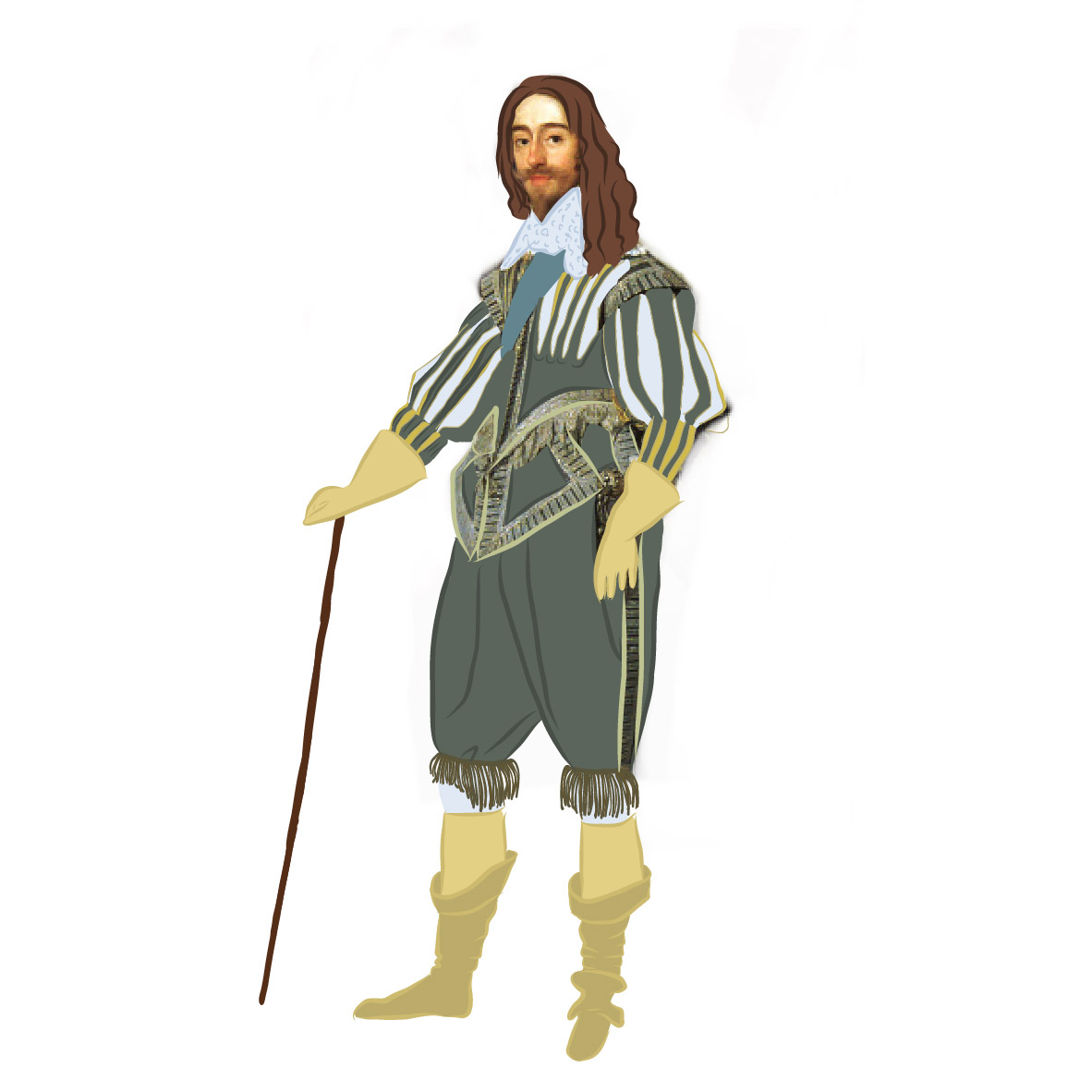Costume history | Slashes |
Published :
10/29/2024 17:20:09
Categories :
Costume history
We are looking at another element that has once been in fashion, which are the slashes. As an aside, it cannot be said that Switzerland is or ever was the birthplace of fashion (although it was famous for textile art), however it seems that this trend originated here. It is an opening or slit in an outer garment that reveals the inner shirt or a coloured lining.

This trend appears at the end of the 15th century among the Swiss mercenaries who, after their victories at Grandson and Morat in 1476 against the Burgundy of Charles the Bold, would have patched their doublet and hose holes with the noble fabrics torn from the clothes of enemy corpses. However, this version is challenged by recent work by some historians. It is therefore difficult today to separate fact from legend.
These cuts are therefore a representation of war wounds and allow the people who wear them a certain virile glorification. The fashion for slashes quickly invested urban costume and was then adopted by Renaissance fashion in Italy and Spain.
On the other hand, outside of wartime, slashes stigmatize those who wear them. Indeed, the fighters, who wore them proudly, are now vagabonds and thieves. Moreover, the Church, which always has a say, considers the fact of tearing one's clothes, damaging expensive fabrics and imitating the clothes of the poor to be immoral and transgressive.
However, that did not prevent the fashion for slashes from exploding in the 16th century. It's simple, you can find them everywhere, on doublets, hoses, dresses or even slippers. Originally, it was a men's fashion that spread to women's fashion. It is not uncommon to see portraits of women with dresses with large sleeves split with more or less large punctures. An important social element is the white shirt made of a fine white fabric that shows the wealth of the person wearing this outfit.

